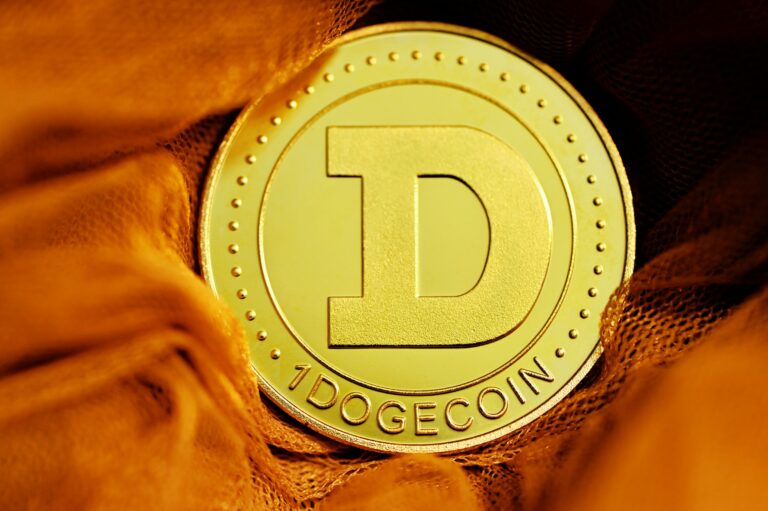At the recent Consensus 2024 conference (held May 29, 31, 2024, in Austin, Texas), Ripple CEO Brad Garlinghouse made headlines by directly criticizing Dogecoin, questioning its value and use case.
Dogecoin (DOGE) began as a parody cryptocurrency created by software engineers Billy Markus and Jackson Palmer in December 2013. Initially intended as a joke, it features the Shiba Inu dog from the “Doge” meme as its mascot. Despite its humorous origins, Dogecoin quickly garnered a substantial following due to its active and engaging community on platforms like Reddit.
The appeal of Dogecoin lies in its friendly and fun nature. It was designed to be more accessible and lighthearted compared to Bitcoin. Dogecoin transactions are faster and cheaper, typically costing just a fraction of a penny, which makes it practical for everyday use and microtransactions. The unlimited supply of DOGE contrasts sharply with Bitcoin’s capped supply, aiming to promote spending over hoarding.
A significant factor in Dogecoin’s sustained popularity is its high-profile endorsements and social media influence. Celebrities like Elon Musk, Snoop Dogg, and Gene Simmons have frequently tweeted about Dogecoin, driving spikes in its price and keeping it in the public eye. This celebrity backing, coupled with its meme-driven culture, has kept Dogecoin relevant and highly popular.
In 2021, Dogecoin experienced a meteoric rise, driven by social media buzz and celebrity endorsements. This period saw its price surge from fractions of a cent to over $0.70, making it one of the top cryptocurrencies by market capitalization. Although its price has since stabilized and dropped from its all-time high, Dogecoin remains a favorite for short-term trading due to its high liquidity and volatility.
Despite criticisms regarding its lack of intrinsic value and infinite supply, Dogecoin’s strong community, low transaction costs, and ongoing celebrity endorsements ensure it remains a significant player in the cryptocurrency market. Its potential future integrations, such as with the X platform for payments, hint at continued growth and utility.
Garlinghouse highlighted the irony of the United States, the largest economy in the world, ranking low in terms of regulatory clarity. He stressed that clear regulations could unlock the potential of the U.S. economy, attracting significant institutional investment. This, in turn, could create substantial opportunities for growth and innovation in the crypto space.
Despite the popularity of speculative assets like Dogecoin, Garlinghouse underscored the importance of focusing on projects that provide real-world utility. He pointed out that while Dogecoin has garnered significant attention, its lack of a clear use case raises questions about its long-term value. Instead, he called for the industry to concentrate on developing blockchain projects that address tangible problems and offer practical solutions.
Garlinghouse noted that there are many blockchain projects currently demonstrating significant utility across various sectors. He believes that the future of the industry should be built on these practical applications rather than speculative investments. According to him, the next decade for cryptocurrency must prioritize solving real-world problems to achieve sustainable growth and widespread adoption.
Garlinghouse said:
“You know, I get a ton of s**t when I say these things, but I’m going to say it anyway. I don’t think Dogecoin has been a good thing for the industry, and I’m not anti-Dogecoin, but it’s like, I don’t know what the use case is. I don’t know, like, are there projects being built to solve real utility? And I see lots of real utility across lots of different chains, and I think that is what is critical, and for me, the 10-year prediction has to be about … solving real problems.“
Featured Image via Unsplash









